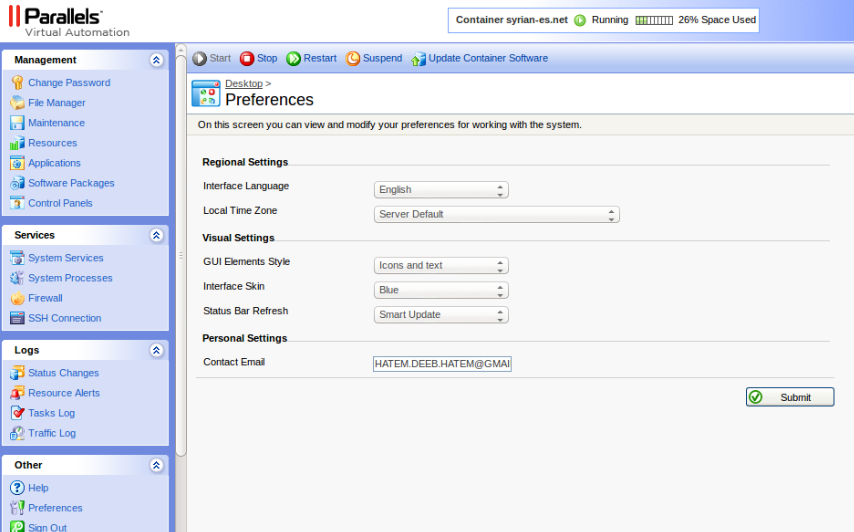In exceptional circumstances, it’s ok to send a long email. It can help to provide background information, such as security clearance information or the latest website information. Various military professionals have developed their own email formats and strategies. Some use acronyms and skeleton messages. Others stick to a shorter, more concise message. If you’re unsure of the correct format, read on. You’ll find out in the end!
What is the AKO email address format?
In order to send an army-specific email, you need to know the specific format for Army Knowledge Online (AKO) addresses. AKO addresses are confidential webmail addresses used by the US Army to communicate with military personnel. This information can be found at armyknowledgeonline.mil. To find the right format for an AKO address, visit the official Army Knowledge Online website. You can also search for military personnel by name, or look up their contact information.
Your name is an important element of your signature. You should include your first and last name, and middle initial if applicable. Next, you should include your rank, either spelled out or an abbreviation. Remember to include the military branch you are currently serving in if you’re on active duty. You can also look up official guidance from the Department of Defense. Email addresses are considered official correspondence. Here’s a sample format:
If you’re looking for someone’s e-mail address, military units generally have their own websites. You can try to find the contact person from their website by using the name of the unit they’re in. If you have trouble finding the address online, you can also contact the Department of Defense and request the mailing address of the person in question. If you’re still unable to find the e-mail address of the person you’re looking for, you can contact the Department of Defense, which maintains a public database of e-mail addresses of military personnel.
What is my .mil email address?
If you’ve ever wondered, “What is my army email address?” you’re not alone. Many people do not even know that the military allows employees to email each other from home, either. You can sign up for an account using a Common Access Card (CAC) reader, which can be obtained from your unit’s Human Resources department or from third-party vendors. But how do I use a CAC reader?
In order to use a military email, you’ll need a military-style email signature. In the signature, you must include your full name, first name, middle initial, and military branch. The rank may come before or after your name, but it must be spelled correctly. Make sure you include the full name and branch of service on your email signature. This way, other military members will recognize your account and know how to contact you.
You can try to find an e-mail address of someone serving in the military by searching for the individual’s name online. Most units have a website, so you can try to connect with someone there. If this doesn’t work, you can try calling the press officer who is listed on the website, and ask for his or her military email address. You can also try to contact the Department of Defense directly, since it has an official way to find a person’s e-mail address.
How do I create a US military email address?
If you’re wondering how to create a US military email address, you’re not alone. Many people are interested in using this e-mail address to communicate with friends and family. But finding the address can be difficult. It depends on the reason you’re trying to find it, your resourcefulness, and just plain luck. Luckily, e-mail addresses for all branches of the US military follow a standard format. And if you’re interested in using your own military email address, you can also contact the Department of Defense and request a mailing address.
If you want to make your military email address more professional, be sure to sign off with your full name. People will perceive you as more serious and professional when they see your full name, so avoid using nicknames! In addition, the name of your unit or division is important, since it’s like your office address in the civilian world. This will help people place you on a base and in the chain of command.
